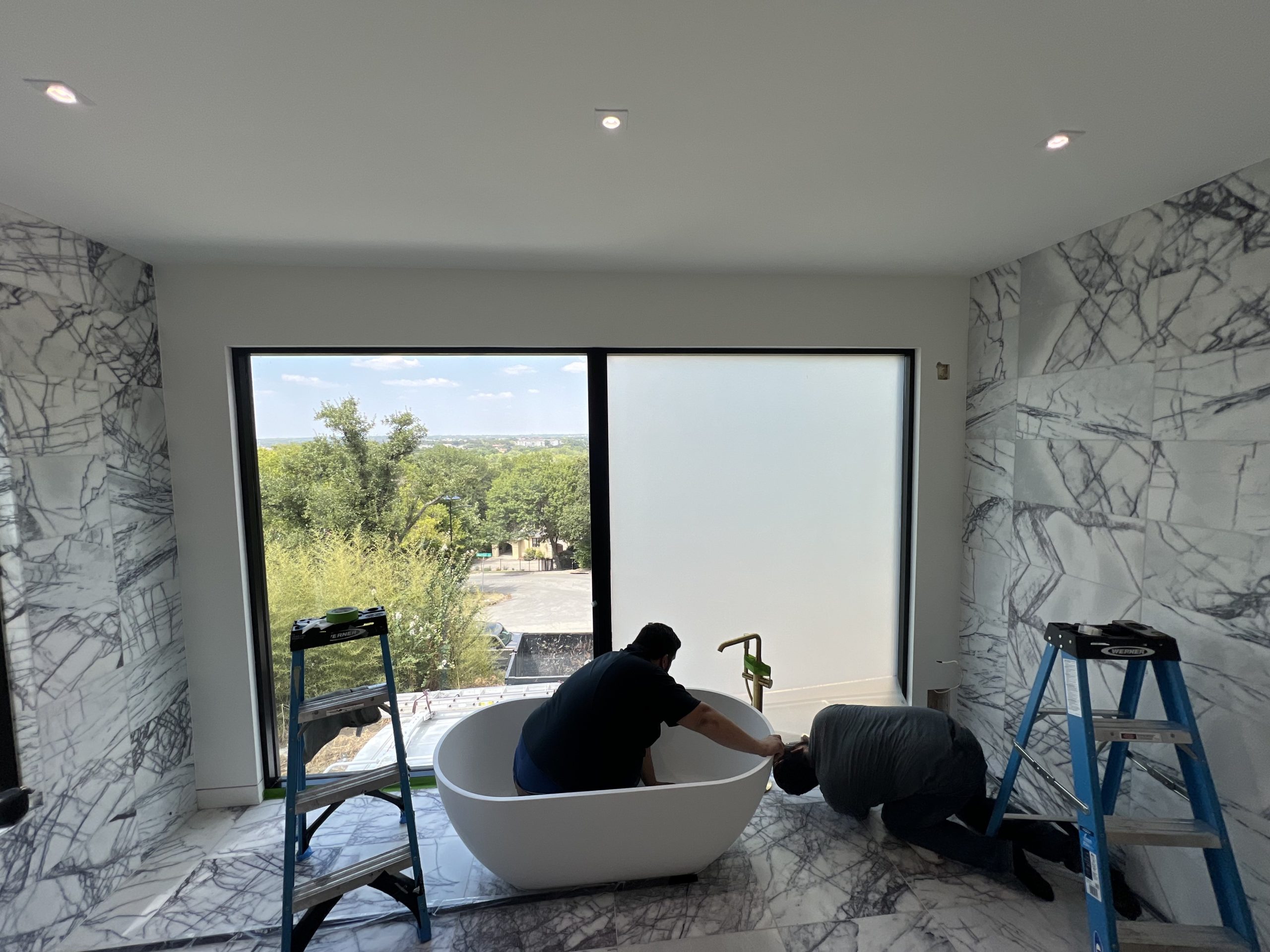
Evolution of Glass Tech
The Evolution of Glass Technology: From Traditional to Smart
The journey of glass technology is a fascinating tale of human innovation, spanning thousands of years and culminating in today’s cutting-edge smart glass solutions. This evolution reflects our constant drive to improve and adapt materials to our changing needs.
Our story begins in ancient Mesopotamia and Egypt around 3500 BCE, where the first glass objects were created primarily for decorative purposes. It wasn’t until the Roman era, around 100 CE, that glassblowing techniques were developed, revolutionizing glass production and making it more accessible.
The medieval period saw glass take on new significance with the advent of stained glass windows in European cathedrals. These masterpieces not only served a decorative purpose but also told stories and educated the largely illiterate population. Meanwhile, Venice emerged as a center for glassmaking innovation, developing techniques that would influence the craft for centuries to come.
The Industrial Revolution marked another pivotal moment in glass technology. Mass production techniques were developed, making glass more affordable and widely available. The invention of the plate glass process in the late 19th century allowed for the production of larger, clearer panes, paving the way for the expansive glass facades that would come to define modern architecture.
The 20th century brought a wave of innovations that dramatically expanded the functionality of glass. The 1930s saw the invention of laminated safety glass, significantly improving the safety of automobiles. The 1950s introduced the float glass process, which revolutionized production by creating perfectly flat, distortion-free glass. By the 1960s, double-glazing had become popular, offering improved insulation and energy efficiency.
In recent decades, we’ve seen the emergence of smart glass technologies. Electrochromic glass, which can change its tint in response to an electrical charge, was followed by photochromic glass that darkens in response to light, and thermochromic glass that changes opacity based on temperature. The latest innovation in this lineage is smart film, which allows existing glass to be upgraded with switchable privacy and projection capabilities.
Looking to the future, the potential for glass technology seems boundless. Researchers are developing self-cleaning glass, energy-generating solar glass, and even exploring the integration of augmented reality technologies with smart glass. As we continue to push the boundaries of what’s possible, it’s clear that glass will play an increasingly important role in shaping our built environment and how we interact with it.





